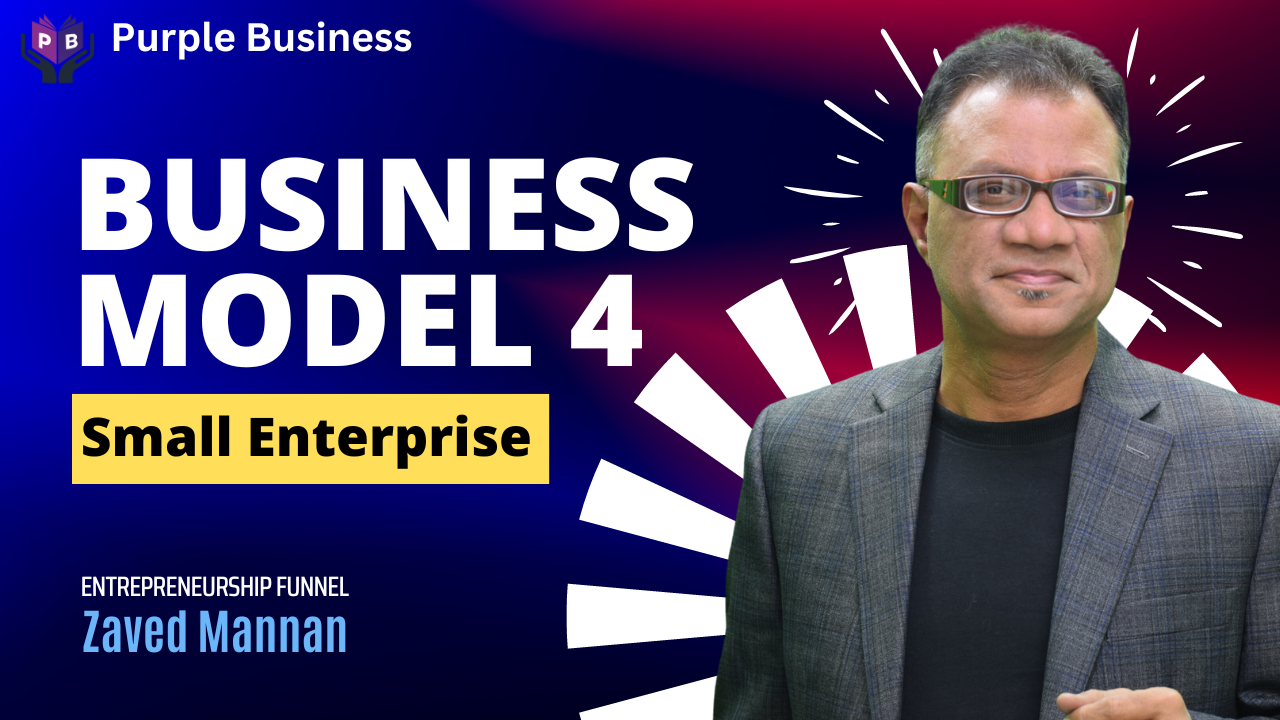When it comes to creating a business model for a small business, it’s important to consider various factors such as your target market, products or services, revenue streams, cost structure, and value proposition. Here’s a basic framework to help you structure your business model:
Value Proposition
Clearly define the unique value your business offers to customers. What problem does your product or service solve? What sets you apart from competitors?
Target Market
Identify your target audience and understand their needs, preferences, and purchasing behavior. Define your customer segments and tailor your offerings accordingly.
Revenue Streams
Determine how your business will generate revenue. Consider different sources such as product sales, service fees, subscriptions, licensing, advertising, or affiliate marketing.
Key Activities
Outline the core activities your business needs to perform in order to deliver value to customers. These may include product development, marketing, sales, customer support, and distribution.

Key Resources
Identify the key resources required to operate your business effectively. This can include physical assets, intellectual property, technology, human resources, or strategic partnerships.
Channels
Determine the channels through which you will reach and interact with your customers. This can include online platforms, physical stores, direct sales, distributors, or partnerships.
Customer Relationships
Define the type of relationship you want to establish with your customers. Will it be self-service, personal assistance, or a community-based approach? Consider how you will engage and retain customers.
Cost Structure
Identify the costs involved in running your business. This includes fixed costs (rent, utilities) and variable costs (inventory, marketing). Determine whether your business will operate on a low-cost model or differentiate through higher quality and premium pricing.
Key Partnerships
Identify any key partnerships or collaborations that can help your business succeed. This may involve suppliers, manufacturers, distributors, marketing agencies, or strategic alliances.
Competitive Advantage
Understand your competitive landscape and how your business can gain a competitive edge. Determine your unique selling points and how you can sustain them over time.
Conclusion
Remember that your business model should be flexible and adaptable as your business evolves. Regularly review and refine your model based on customer feedback, market changes, and emerging trends.







